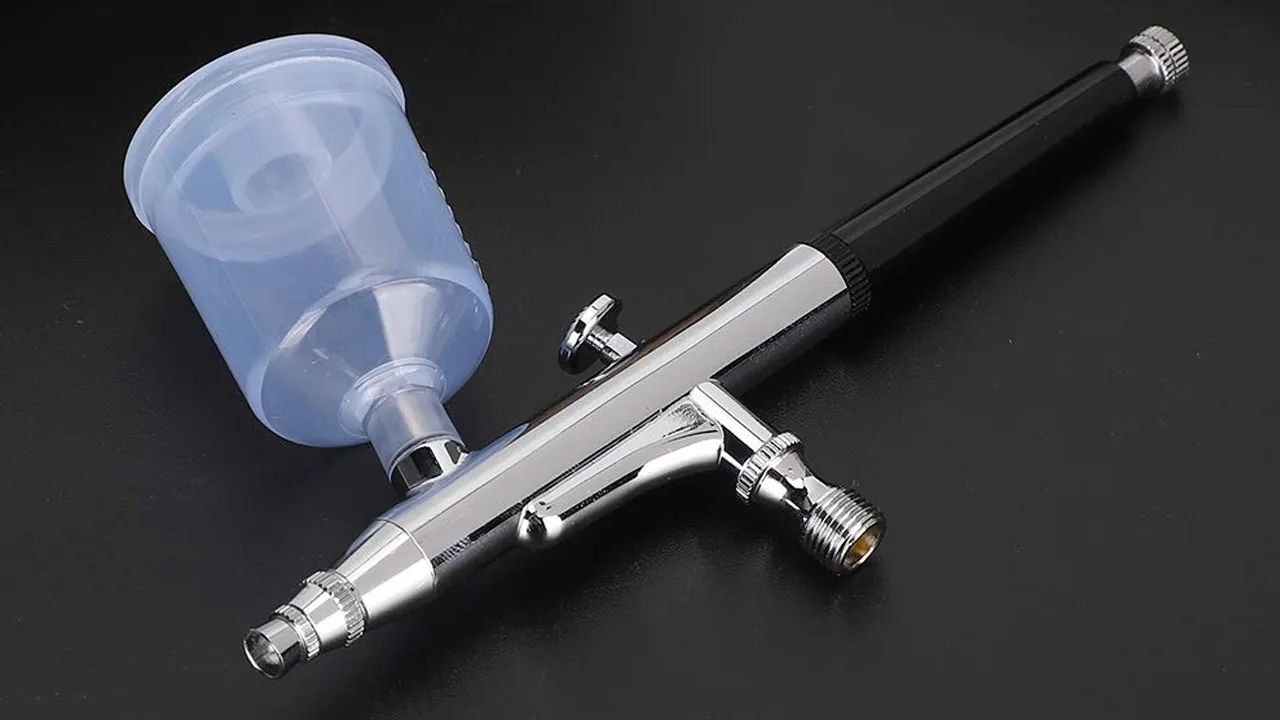03 Jul 2024

Bike customization has become a popular way for cyclists to express their style and make their rides unique. Among the many ways to personalize a bike, painting stands out as a powerful method to transform its look. When it comes to painting your bike, two main techniques are often considered: airbrushing and spray painting. Choosing the right technique is crucial, as it affects not only the appearance of your bike but also its value, durability, and overall cost. In this blog we will compare air brush painting and spray painting and help you decide which method is best for your bike makeover. For those seeking professional assistance, many bike painting service providers offer both air brush painting and spray painting options. These experts can guide you in selecting the best bike painting services for your specific needs. Airbrush painting is a technique that uses a small, air-operated tool to spray paint in a fine mist. It works by mixing paint with air to create a smooth, even coat. Artists can control the amount of paint released, allowing for detailed work and subtle color blending. Airbrushing is a popular method for creating custom designs, gradients, and realistic images on various surfaces, including bikes. Airbrushing offers unique advantages and challenges for bike painting. Understanding these pros and cons can help you decide if it's the right technique for your project. Let's explore the key points: Pros:Air Brush Painting Technique
What is Air Brush Painting?
Pros and Cons Of Airbrushing
Cons:
Spray painting is a method of applying paint using aerosol cans or spray guns. It releases a fine mist of paint particles that quickly cover large areas. This technique is known for its speed and ease of use. This technique provides a smooth, even coat and is popular for both DIY projects and professional applications, including bike customization. Many bike painting services offer spray painting as a cost-effective option.
Pros and Cons of Spray Painting
Spray painting is a popular choice for bike customization. It offers several advantages but also has some drawbacks. Here's a breakdown of the pros and cons:
Pros:
Cons:
Different painting techniques are better suited for certain types of designs. Understanding these differences can help you choose the right method for your bike customization project. Top bike painting service providers often specialize in both techniques to cater to various design preferences.
The cost of painting your bike can vary significantly between techniques. Consider these factors when budgeting for your project.
The longevity of your bike's paint job is crucial. Both techniques can be durable, but there are some differences to consider.
For a more in-depth look at various bike painting options and services, check out our blog ‘The Ultimate Guide to Bike Painting Services’.
Selecting the right painting technique for your bike is crucial for achieving the desired look and durability. Consider these factors to help you decide between airbrushing and spray painting, ensuring you get the best results for your custom bike painting project:
If you want intricate patterns or realistic images, airbrushing is your best bet. It allows for fine details and smooth color transitions. For solid colors or simple designs, spray painting works well and is quicker to apply.
Airbrushing requires more practice and skill to master. If you're a beginner or prefer a straightforward approach, spray painting might be more suitable. It's easier to get consistent results with spray painting, even without extensive experience.
Consider both initial costs and long-term expenses. Spray painting is generally cheaper, with affordable cans available. Airbrushing equipment is more expensive upfront but might be cost-effective for multiple projects or professional use.
Spray painting is faster for covering large areas and simple designs. Airbrushing takes longer, especially for detailed work, but allows for more precision. Think about how much time you can dedicate to your bike project.
Both techniques can be durable when done correctly. However, airbrushing often allows for better control over paint thickness and layering, potentially resulting in a more durable finish for high-wear areas on your bike.
Spray-painted finishes might be easier to touch up if damaged, as matching the color and reapplying is straightforward. Airbrushed designs, especially complex ones, can be more challenging to repair or replicate if needed.
Whether you choose to DIY or seek professional help, understanding these factors will guide you towards the best bike painting solutions for your project. Many motorcycle painting services also offer similar techniques, so these considerations apply to both bicycles and motorcycles.
Remember, the best bike painting service for you will depend on your specific needs, budget, and desired outcome. By carefully weighing your options, you can achieve a stunning custom paint job that will make your bike stand out on the road.
Whether you choose to DIY or seek professional help, understanding these factors will guide you towards the best bike painting solution for your project. Many motorcycle painting services also offer similar techniques, so these considerations apply to both bicycles and motorcycles.
Remember, the best bike painting service for you will depend on your specific needs, budget, and desired outcome. By carefully weighing your options, you can achieve a stunning custom paint job that will make your bike stand out on the road.
Choosing between airbrushing and spray painting for your bike depends on your design goals, skill level, budget, and time. Airbrushing offers precision and intricate designs but requires more skill and investment. Spray painting is quicker and more affordable, ideal for simpler designs. Both techniques can provide durable finishes when done correctly. Consider your specific needs and preferences when selecting a bike painting service. Whether you opt for the detailed artistry of airbrushing or the efficiency of spray painting, a custom paint job will give your bike a unique, personalized look.